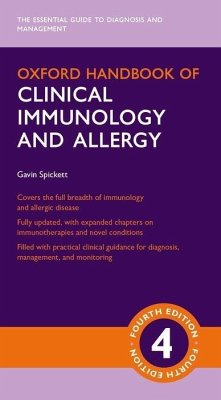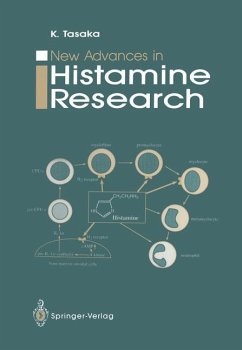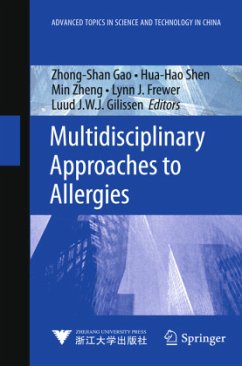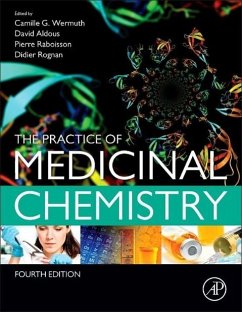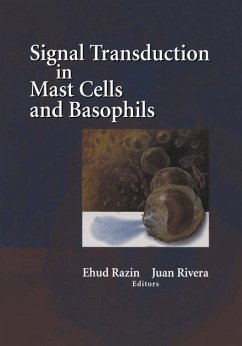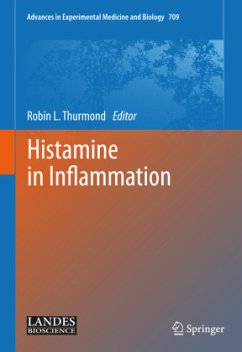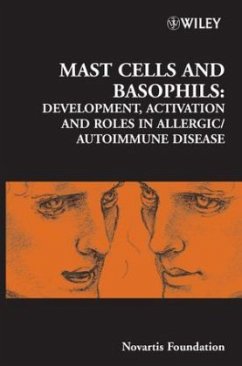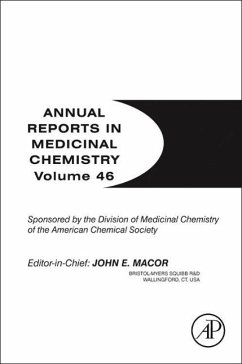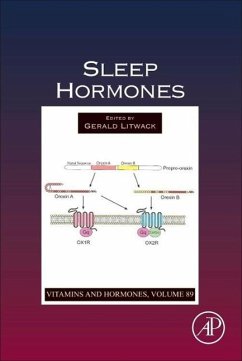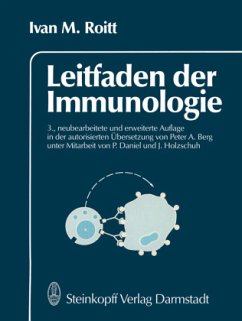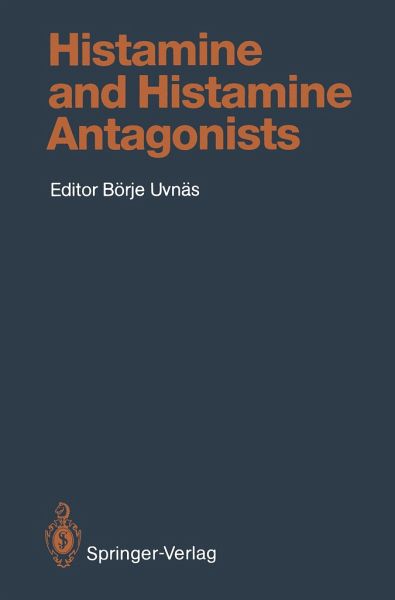
Histamine and Histamine Antagonists

PAYBACK Punkte
39 °P sammeln!
Together with the two previous volumes of the Handbook of Experimental Pharmacology on histamine and antihistamines the present publication yields a picture of a still rapidly developing field of research. New techniques and new experimental approaches have brought us new knowledge and deeper insight into the biomedical significance of histamine, even if many questions remain to be answered about the functional and medical implications of this old biogenic amine. The present volume covers the progress in histamine research during the past two decades. A significant chapter concerns techniques ...
Together with the two previous volumes of the Handbook of Experimental Pharmacology on histamine and antihistamines the present publication yields a picture of a still rapidly developing field of research. New techniques and new experimental approaches have brought us new knowledge and deeper insight into the biomedical significance of histamine, even if many questions remain to be answered about the functional and medical implications of this old biogenic amine. The present volume covers the progress in histamine research during the past two decades. A significant chapter concerns techniques for histamine determination. As the result of a consensus meeting in Munich in December 1988, a panel of eminent specialists arrived at common recommendations as to the usefulness of the available histamine assays for the most common experimental biomedical conditions. The heterogeneity of mast cells, with great differences in their reactivity to various stimuli, has become apparent, not only among species but also among the tissues of a species. New informa tion is presented about the mechanism of exocytosis. The old questions about the role of histamine in the mechanism of gastric secretion and in cardio vascular and respiratory functions have been studied with new techniques, and the role of HI and H2 receptors discussed. New observations have been made on the occurrence and possible functions of histaminergic neurons and histamine receptors in CNS where a new type of receptor, the H , seems to 3 be widely represented.





